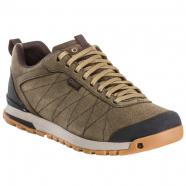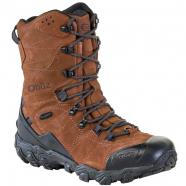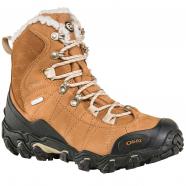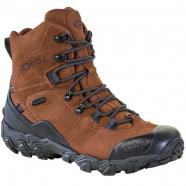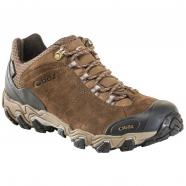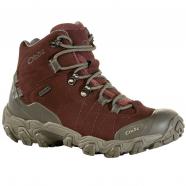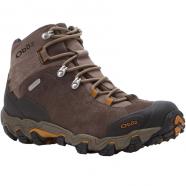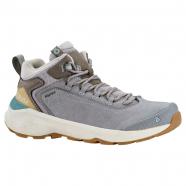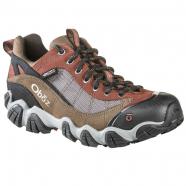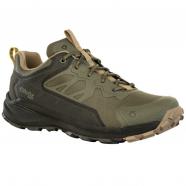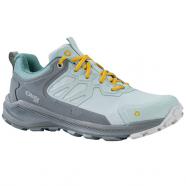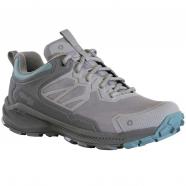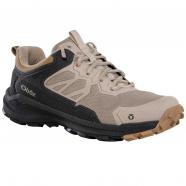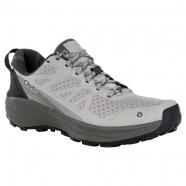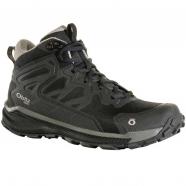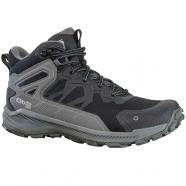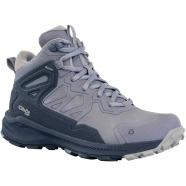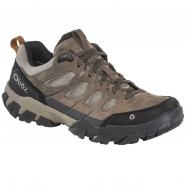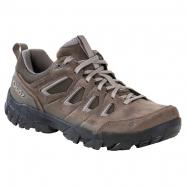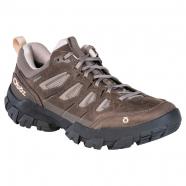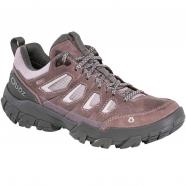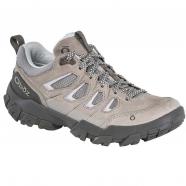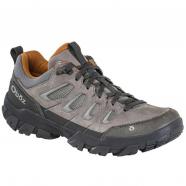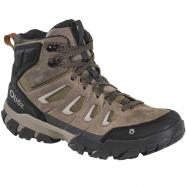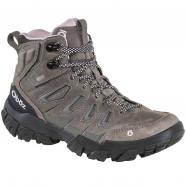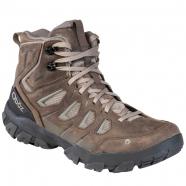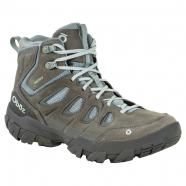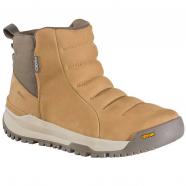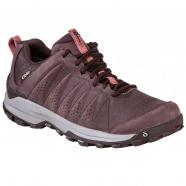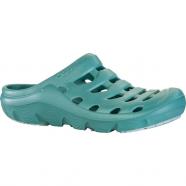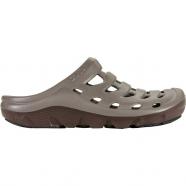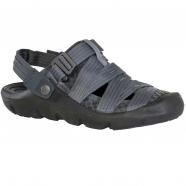
Oboz
Featured Styles:
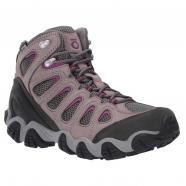 Oboz Sawtooth II Mid B-Dry Hiker Pewter/ Violet (Women's)
Oboz Sawtooth II Mid B-Dry Hiker Pewter/ Violet (Women's)
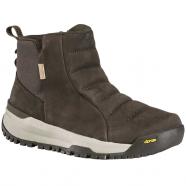 Oboz Sphinx Pull-On Insulated B-Dry Moose Brown (Women's)
Oboz Sphinx Pull-On Insulated B-Dry Moose Brown (Women's)
Oboz Hiking Shoes
How do Oboz fit?
We believe that Oboz hiking shoes run true to size. Most styles offer a snug, secure fit in the heel, with a roomy toe box.
Where did the name Oboz come from?
Oboz is short for “outside Bozeman”.
Where Are Oboz Shoes Made?
Oboz has a local factory in the U.S. and they also partner with factories in Vietnam and Cambodia. The U.S. branch works closely with the partnering factories to hand make every pair of men and women’s Oboz shoes.
How to Clean Oboz Hiking Boots
Rinse, brush or wipe off all dirt & mud on your Oboz shoes after using them. Mud & dirt can dry out leather which may cause them to breakdown quicker. Do not put your Oboz in the washer or dryer. Heat can disconnect the midsole & outsole or warp materials within the shoes so if your shoes become wet, let them air dry at room temperature.
After a long day of hiking, pull out your insoles & allow them to dry. Even if you were hiking in dry claimants, this will help prevent odor & dry any moisture caused from perspiration.
Are Oboz Hiking Boots Waterproof?
We carry a wide variety of Oboz styles, some of them are waterproof while some of them are not. Luckly, there are many styles of Oboz waterproof hiking shoes to choose from!
Are Oboz good Hiking Boots?
Oboz hiking boots are generally well-regarded by most outdoor enthusiast for their durability, support and comfort. Every Oboz shoe is hand made with quality materials and construction techniques, thus being able to withstand longer hikes with rugged terrain. However, like with any brand, it is all dependent upon each individual and their foot, intended use of the shoe, and overall preference.
Things to consider when picking a hiker:
Fit: Consider the width of the toe box & its volume. Feet swell while on hikes so extra wiggle room will keep you comfortable longer.
Midsole: Midsoles are all about cushioning, comfort & shock-absorption. Cushioning should be in the forefoot & shock absorption should be in the heel. A "springier" midsole returns a little energy with every step, so they are nice for a fast hike or going a long distance. A denser midsole helps protect feet from natural hazards.
Outsole: Deeper lugs are for more rugged or slick terrain and shallower lugs are more versatile for hiking around town.
Height: The taller the boot, the more support you'll have. Low-cut hikers are the lightest & most flexible option. Mid-cut hikers are a hybrid options. They balance ankle support & protection with flexibility. High-cut hikers have more ankle support, and they are helpful on super rugged terrain or if you're carrying a heavy pack.
Upper: Material choices should match the type of hiking you plan to do. Leather or synthetic materials are more durable but typically heavier & less breathable. Mesh options are great for hot, dry hikes. Waterproof boots keep your feet dry, but the waterproofing must be breathable, or your feet will get wet from sweat.

